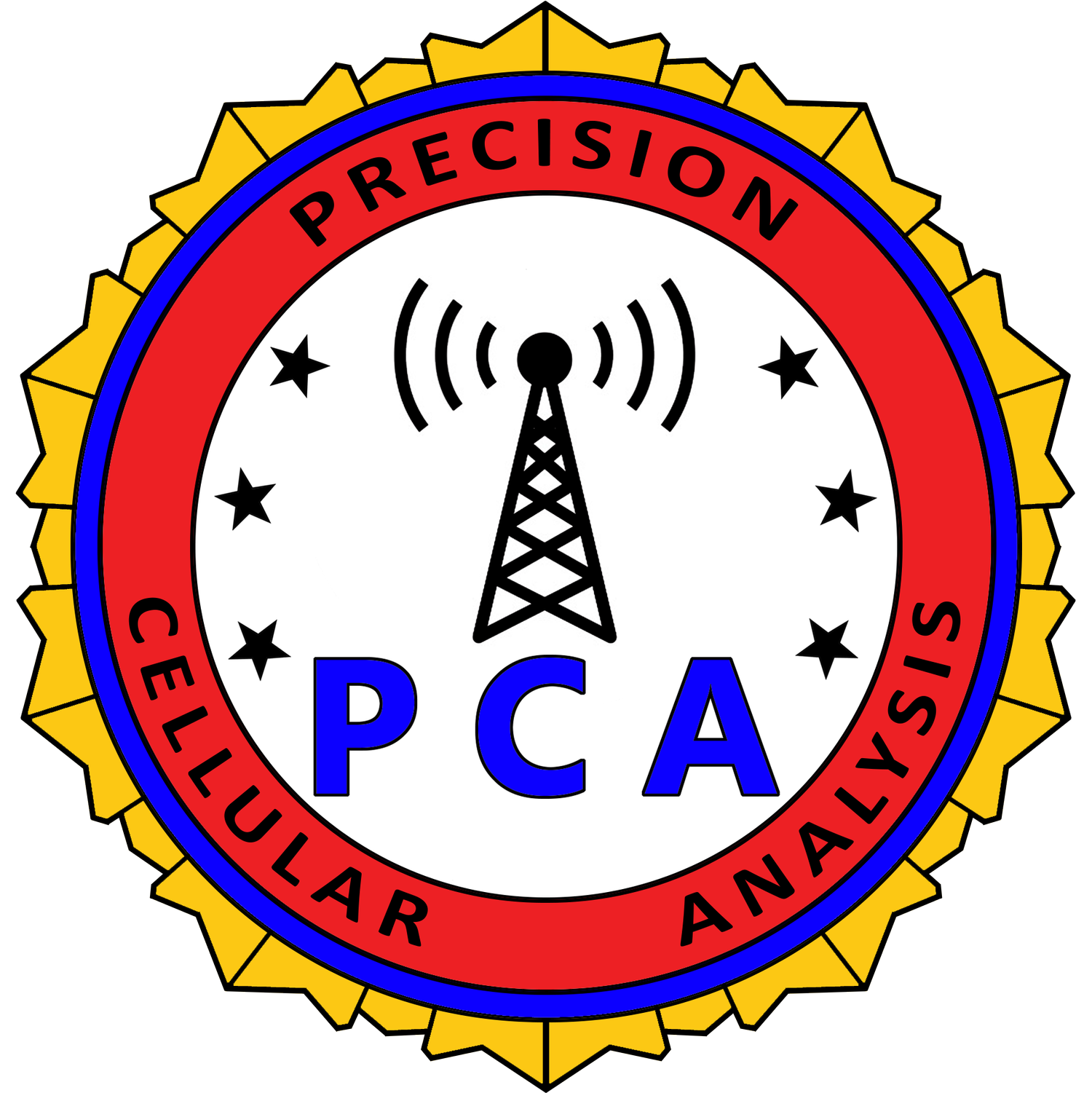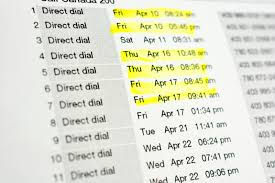Unlocking the Power of Cell‑Phone Records in Civil Litigation
- Kevin Horan

- Sep 29
- 3 min read
Practical strategies for obtaining, interpreting, and admitting digital evidence under the Stored Communications Act
At a Glance
Cell‑phone records are becoming indispensable in civil litigation, from motor vehicle and wrongful death actions to employment and family law disputes. Understanding the Stored Communications Act and discovery limitations is essential to obtaining usable evidence. This article outlines the types of data available, the legal hurdles to obtaining them, and practical strategies for litigators nationwide.
Why Cell‑Phone Records Matter in Civil Cases
Cell‑phone records are no longer confined to police investigations. In civil courts, they increasingly play a decisive role. From proving or disproving distracted driving in auto cases to clarifying timelines in family or contract disputes, digital breadcrumbs can be powerful.But getting and using these records is not straightforward. The federal Stored Communications Act (SCA) sets strict limits, and civil discovery rules only provide certain tools for practitioners.
What’s Out There — And Why It Matters
Cell‑phone evidence generally falls into several categories:• Call Detail Records (CDRs): Logs of calls and texts, showing time, number, and duration, but not content.• Cell Site Location Information (CSLI): Which tower and sector handled a call or data session; useful for estimating location.• Timing Advance (TA): Where available, an estimate of the phone’s distance from the tower.• App and Cloud Data: Google Timeline, Apple “Significant Locations,” WhatsApp logs, or social media account data; often requires consent or direct login credentials.Retention periods vary, so issuing preservation letters early is essential.
The Legal Hurdles — and How to Clear Them
The Stored Communications Act prohibits carriers from releasing subscriber records without consent—even with a subpoena.¹ Courts across the country follow this federal limitation.Practitioners can use:• Subscriber Consent — the most direct route, using carrier-provided forms.• Court‑Compelled Consent — courts may order a party to sign consent forms.• Third‑Party Discovery — if a non-carrier (such as an employer) controls the records, standard civil subpoenas may apply.• Preservation Requests — while most jurisdictions do not allow pre-litigation subpoenas, counsel should move quickly to secure preservation orders once litigation is reasonably anticipated.
Privacy and Federal Case Law
The U.S. Supreme Court in Carpenter v. United States recognized a reasonable expectation of privacy in historical CSLI, requiring warrants for law enforcement access.² While that ruling arose in the criminal context, civil courts often take the same privacy-protective approach—allowing discovery but limiting scope to ensure relevance and proportionality.
Case Spotlight: Motorcycle Crash and Driver Deception
In one civil case, plaintiff’s counsel represented a motorcyclist permanently injured when struck by a truck making an illegal turn. The truck driver stated that at the time of the crash, he had just returned to duty after taking the previous 24 hours off. According to his account, another employee had used his truck during that time.Plaintiff’s counsel sought to test this by moving for a court order compelling production of the driver’s cell‑phone records. The driver provided written consent, and the court also issued an order authorizing release of the data. Subsequent analysis revealed that the driver’s story was false. The records showed he had in fact been with his truck, making deliveries and pickups during the supposed rest period — a violation of driver‑rest laws.The analysis exposed deception and provided leverage for settlement. This case illustrates how cell‑phone records can be decisive in civil litigation, both for disproving testimony and for establishing liability beyond the immediate accident itself.
Practical Takeaways for Litigators
• Subpoenas alone won’t work against carriers — secure consent.
• Move quickly to preserve data before it’s deleted.
• Expect courts to narrow the scope of discovery requests.
• Use experts to interpret and explain CSLI, TA, and metadata in a clear, persuasive way.
Key Authorities
1. 18 USC §§ 2701–2712 (Stored Communications Act).2. Carpenter v. United States, 138 S. Ct. 2206 (2018).
Author Bio
Kevin R. Horan is a retired FBI Supervisory Special Agent and former Assistant Prosecutor. He co‑founded Precision Cellular Analysis, specializing in historical cell‑phone record analysis, expert testimony, and legal training. He has investigated and testified in hundreds of cases involving cellular data, location analysis, and digital evidence. He regularly trains attorneys and law enforcement and has authored numerous reports and articles on the use of cell‑phone data in litigation.



Comments